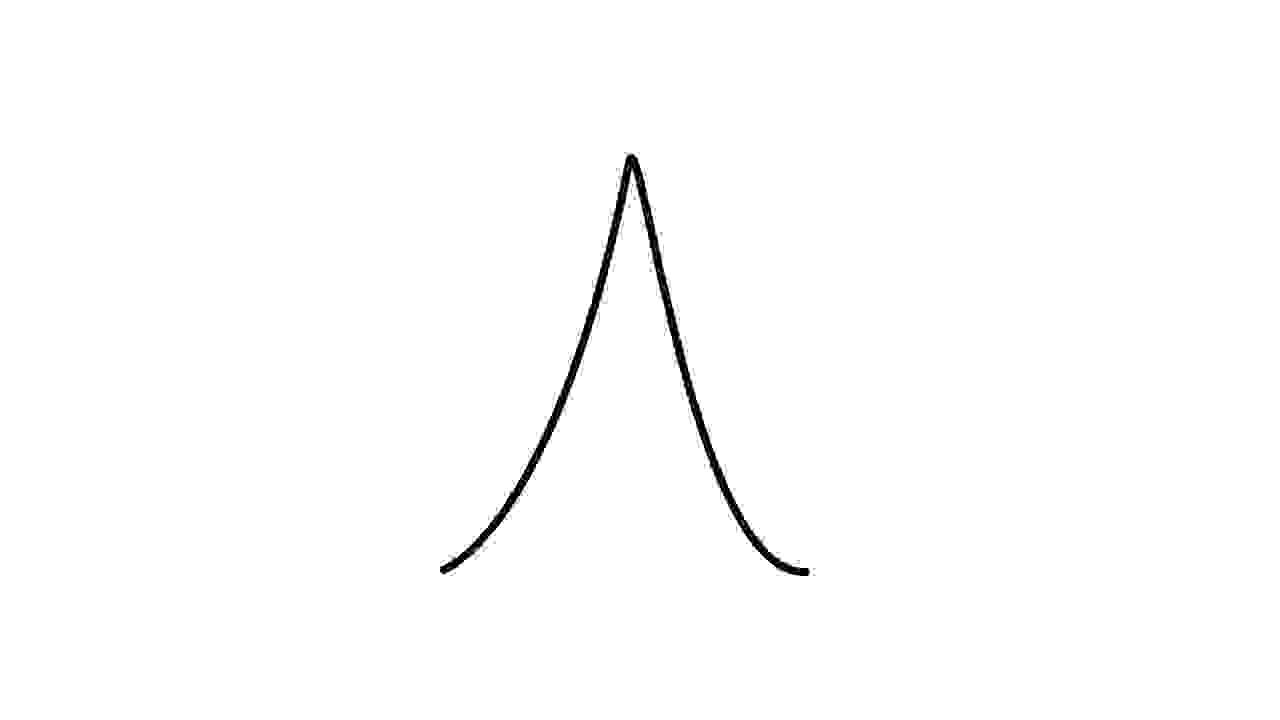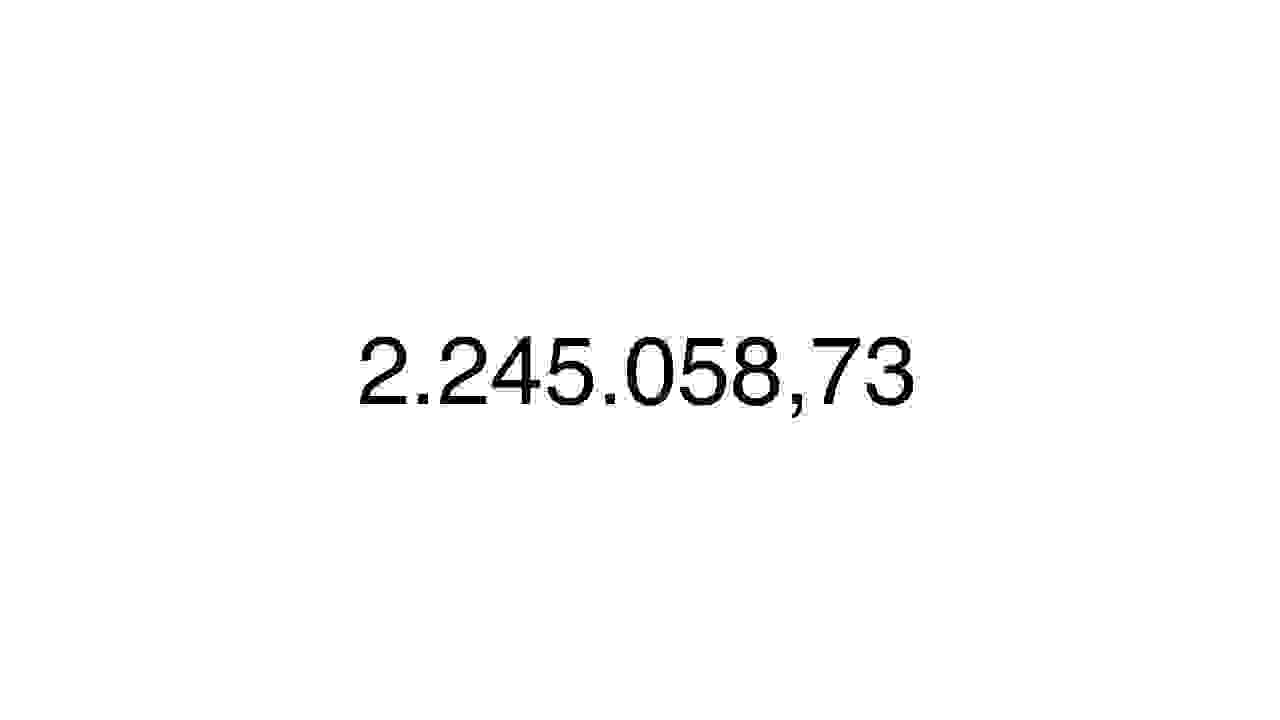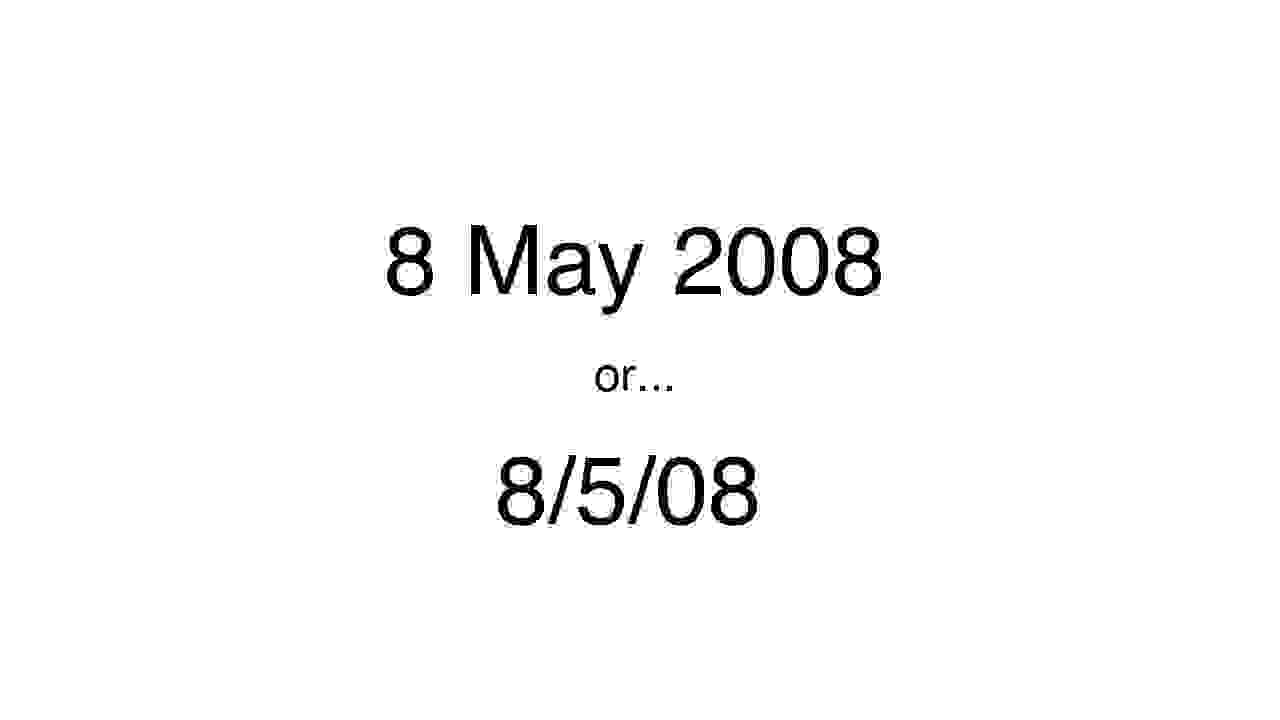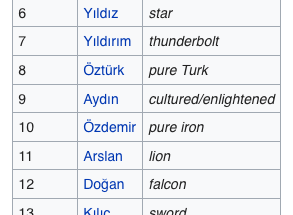So you know all those articles out there about fascinating cultural differences between East and West, North and South, Star Wars and Star Trek? And how even though we’re separated by oceans and hemispheres and rivers and smartphone preferences, we’re all kind of alike on the inside? And that learning about those captivating differences can be a wonderful way of getting to know each other, and ourselves, just a little better?
This is not one of those articles. Because they will tell you interesting things, that everyone knows and nobody can ever forget. This article is all about boring nonsense that no one will ever bother telling you about, but that you desperately need to know anyway.
Some of these are country-specific, so you won’t run into them in every European country, but you’ll want to keep an eye out for them when you do.
1) They write the number 1 like a triangle
Seriously.
I’ll be honest––I had no idea what was going on when I first saw this written down. It didn’t even register to me that it was a number. I just thought I had run into some weird mathematical notation that nobody had ever taught me in high school, but it’s literally just how they write a 1.
It makes a certain kind of sense; they want to differentiate it from a capital i, which can often just be a vertical line, just like a 1, so they take the serif from the top of the 1 and extend it all the way to the base. That’s my guess, anyway.
2) They give you a thumbs-up to say “1”
So when you go into a train station to buy a ticket, you’ll say your destination, and the ticket people will literally give you a thumbs up.
Um, it’s great that I’m going to Barcelona, I guess? Do they give a thumbs down if you’re going to Paris or something?
But no, that’s a 1. They start counting with thumbs, then move on to pointer fingers, whereas most Americans start with the pointer finger. I suppose it makes sense to start this way, since you would then be going in order as you move down the hand, rather than adding a thumb at the end when you get to 5, but it still looked more like a sign of approval than a numerical unit the first dozen times I ran into it.
3) They write decimals and thousands with opposite punctuation
You’d think they’d do this in Australia, given their fondness for doing everything backwards, or at least upside-down––but they do indeed use dots for thousands, and commas for decimals, exactly the opposite of how it’s done in the States.
Like this:
This one isn’t too dangerous, because if you’re doing things the American way, it’s impossible for a decimal to repeat itself in the middle of the number, and a comma should have 3 numbers after it, rather than 2. So if you run into this problem and you don’t know what the hell is going on, at least you’ll be so confused that you won’t actually do anything…which is unfortunately the opposite of the next problem.
4) They write the date as day/month/year
I would imagine a good 40% of Americans screw up their train tickets every year in Europe because of this particular cultural quirk. When writing the date, they go day, month, year, rather than month, day, year.
Like this:
If the first number is a 24, or anything else higher than 12, you’re more likely to be confused than anything else; but if the first and second number are both lower than 12, you’re likely to switch them around in your head and book a ticket for August instead of May.
The way to remember this one is how it goes small, medium, big, in terms of time; days are smaller than months, which are smaller than years. Pretty intuitive, despite being a little confusing when you first run into it.
Another good reminder is to remember The Third of May, 1808 from your art history class:
It wasn’t called May Third or anything silly like that.
And if you’re more of a comic book person, just think back to your V for Vendetta days and remember, remember, the 5th of November.
See? Numerical notion is fun!
Well, that’s about it. And sure, there are plenty of interesting cultural quirks worth thinking about, but those are best left for some other time, because everyone is already going to tell you about siestas in Spain, snails in France, and waffles in Belgium. But someone needed to fill you in on the boring details, and that someone is me.









I really can’t get used to the thumbs-up
I love your blog and have been reading it for years — thanks!
I lived in Germany briefly (~3 months), and that’s pretty much exactly what I observed there. (They wrote “1” a bit differently, more like “/|”.)
After a while, I loved how logical it is to count starting with my thumb, though. And I *wish* we’d write our dates small-medium-large. It’s the only logical way to do things.
Everything in Germany is logical. Or so I hear.
Man, that triangle=1 thing messed me up dozens of times. I never really got it until now – I would pay a tab, they would give me a dirty look, I would pile more money on until they stopped glaring at me.
Turns out I was short-changing them by a significant factor all the time. $0.37 instead of $1.37.
I thought the triangle thing was some sort of shorthand for their currency or something.
I agree with everything!
The triangular 1s are seen especially on chalkboards outside cafes and street grocers…
…another pet peeve for me that also gives way to confusion: wall calendars. The week starts on Monday in Europe and on Sunday in the States. If you have a pretty Spanish calendar(banks give away very high quality ones around Xmas) hanging in your Kitchen in Chicago and go straight to the second column thinking it is Monday, you will miss your appointments as the second colum will be Tuesday not Monday!
… and elevators; When I am in Spain I always have to think when I am coming back down and leaving a building and press 1.
Weekdays starting on whichever day could be solved by color-coding the weekends. That would give you a good visual.
Just to add something to the chaos: In Switzerland the numbers are written as follows:
1’000’000,00
:D
That…is weird.
I understand it can be confusing when you’re not used to but at least it logical-understandable :d (dot-comma aside)